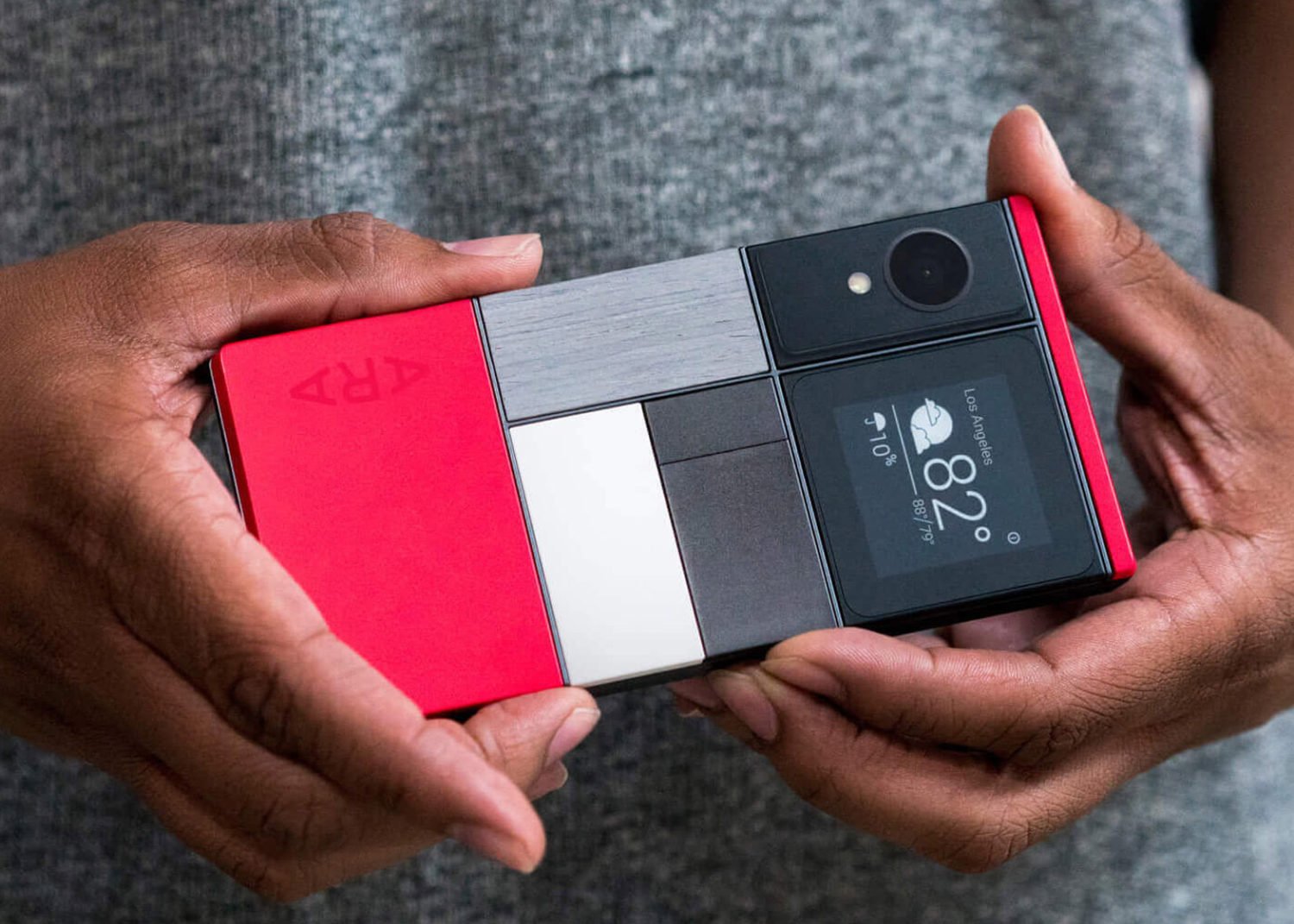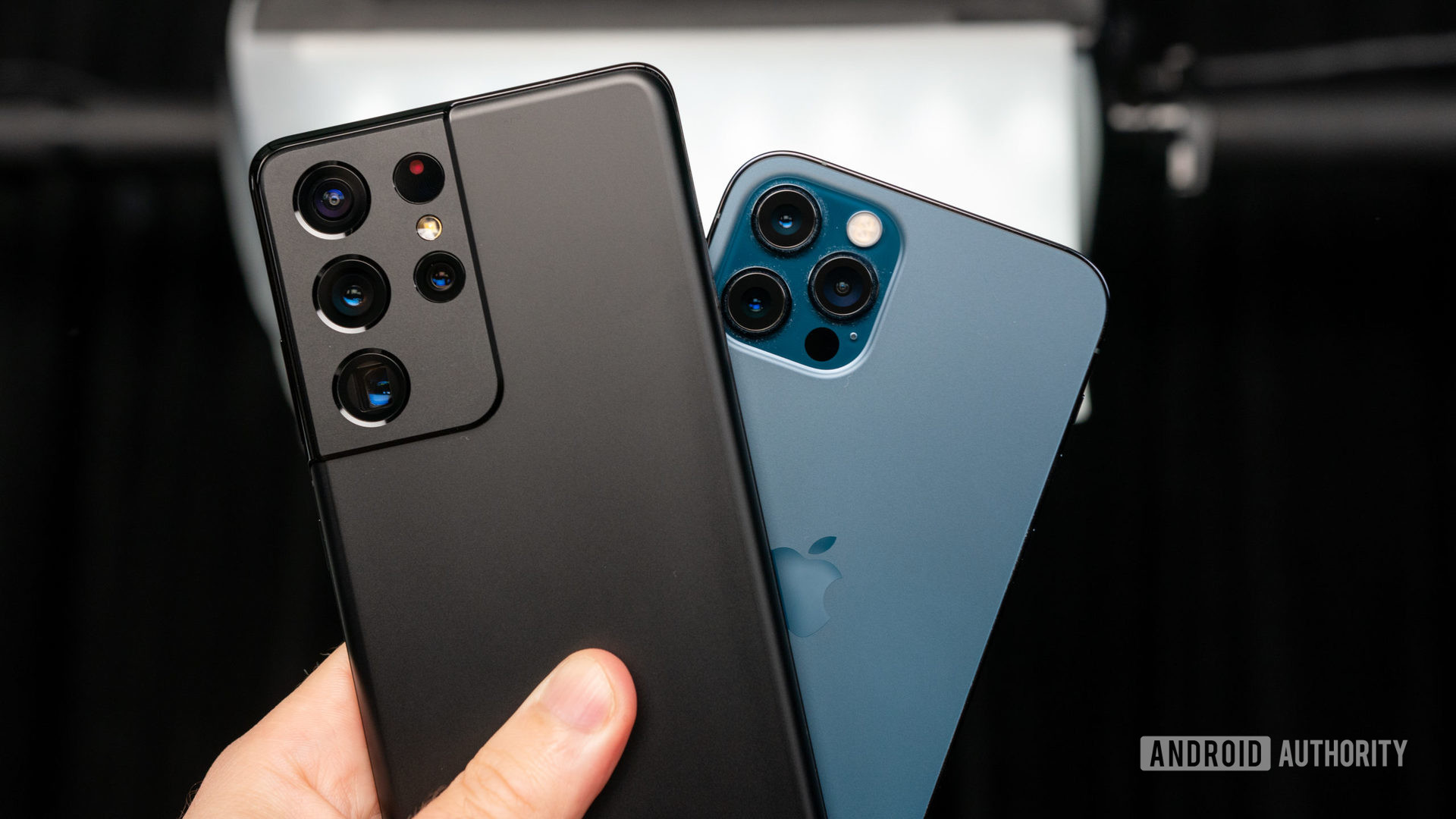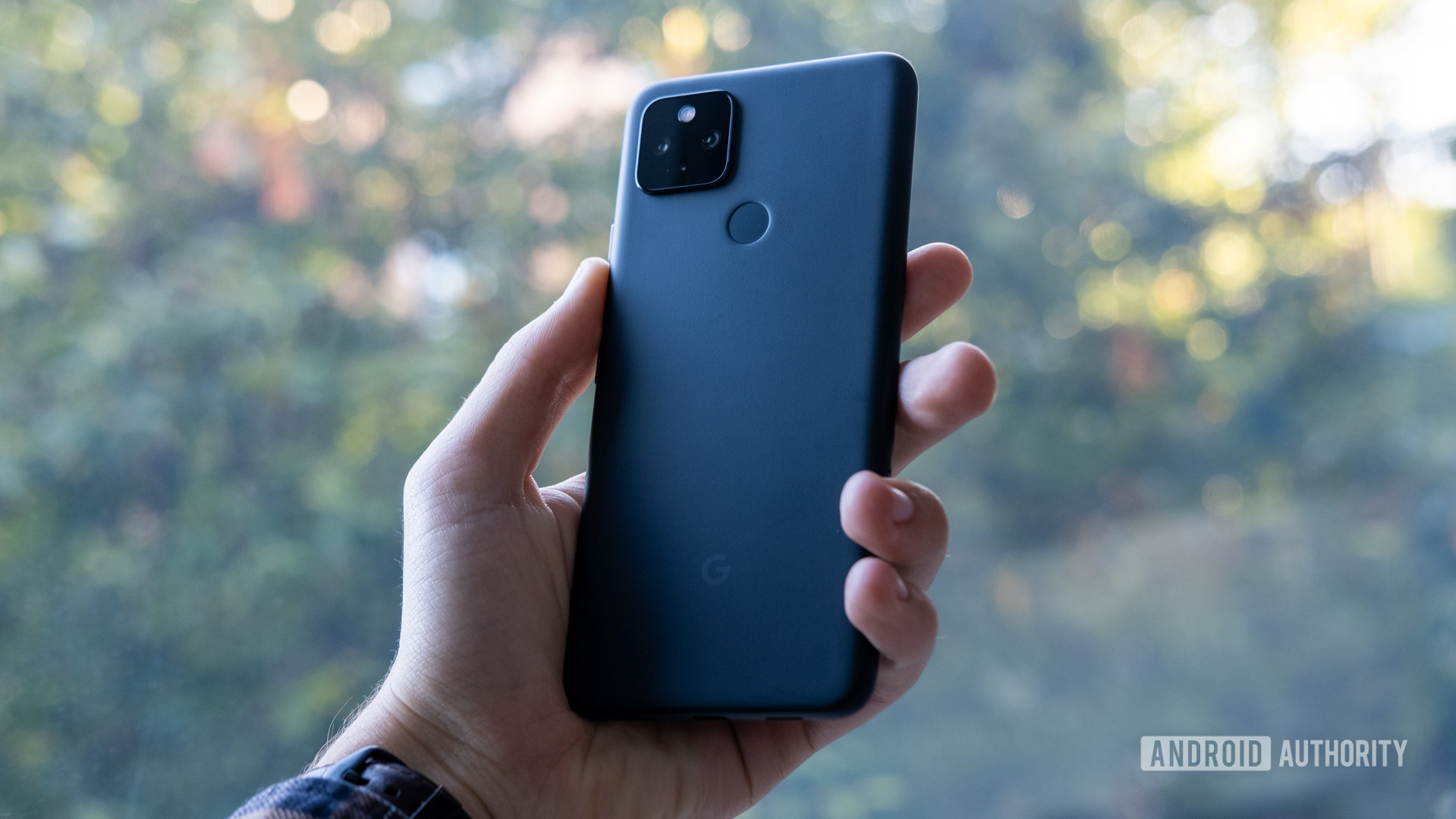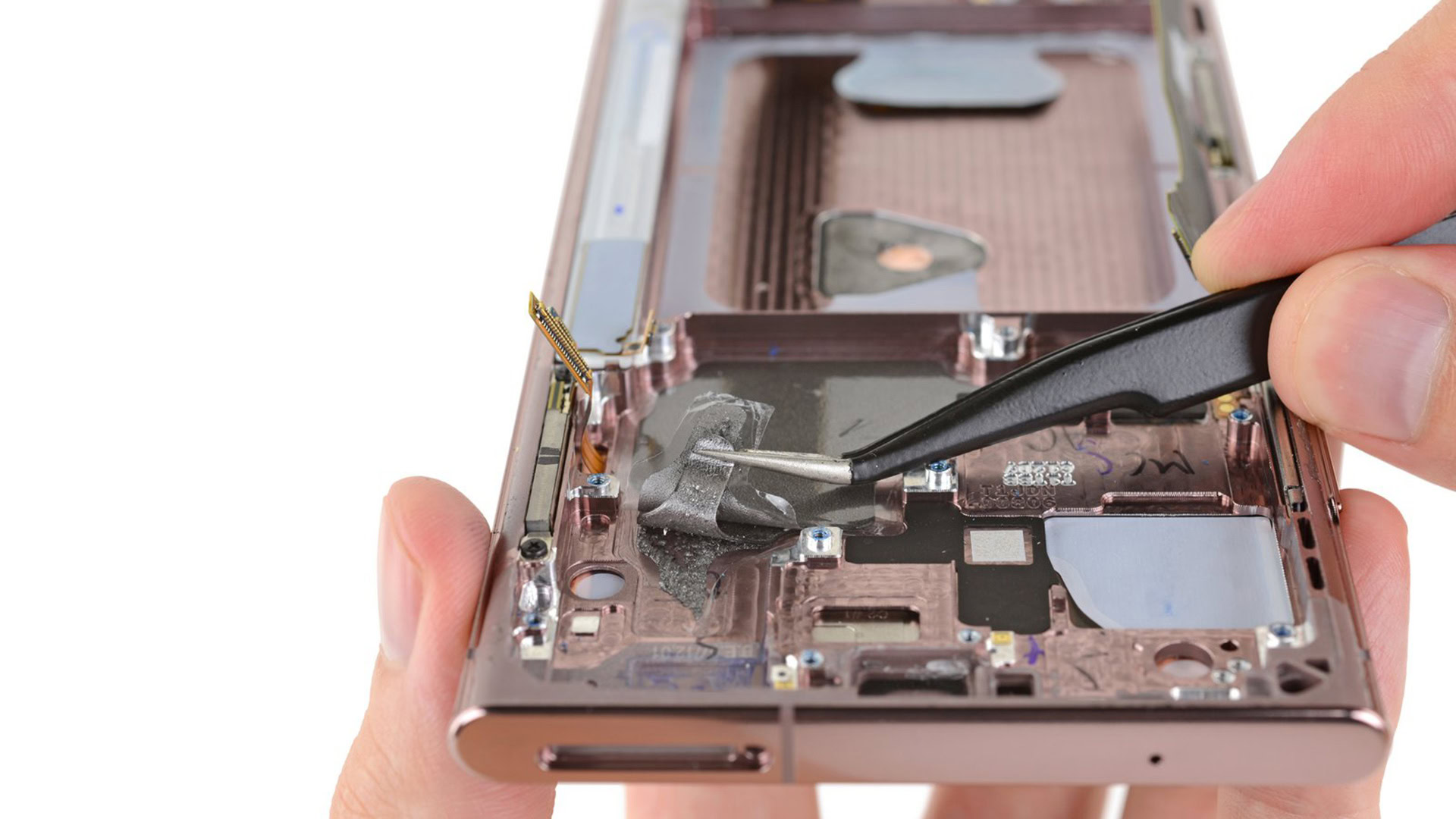Affiliate links on Android Authority may earn us a commission. Learn more.
Why don't phones use a laptop configuration model?

Follow tech enthusiast discussions for long enough, and you’ll invariably find someone asking a recurring question: why can’t you choose a phone configuration like you can with a laptop? People have widely varying preferences for screens, cameras, and other features.
It, therefore, stands to reason that you could custom-order a phone that meets your exact needs and (hopefully) lasts longer. Storage and memory aren’t the only concerns people have, after all.
The reality, however, doesn’t quite line up with the dream. As Google discovered when it shelved Project Ara, there are a number of practical hurdles to offering phone configuration options and modular designs. Some are technical limitations, others are simple business considerations. Here’s why you’ll likely have to settle for a fixed-configuration phone, at least for now.
Phone configuration doesn’t make business sense

Phones sell in much, much higher volumes than computers. Gartner researchers noted that companies sold over 366.6 million smartphones in the third quarter of 2020 alone. Comparatively, there were roughly 71.4 million PC shipments — and that’s in a pandemic-struck market in which laptops are faring better than they have in a long time.
Those kinds of manufacturing scales make it considerably harder to offer a custom phone configuration. More choices add more steps to manufacturing. That can slow down production that frequently needs to move as quickly as possible. Fewer shipped phones, in turn, leaves companies recouping their costs with higher prices. If you don’t like paying a premium for a phone like the Galaxy S21 or iPhone 12, you’ll like it even less if you have to pay extra for the privilege of choosing your screen resolution or processor.
And let’s not forget the logistics of supporting these options. The fewer phone configurations there are, the easier it is to develop software updates and offer customer service. OS upgrade schedules and device repairs can already take a long time now. It won’t get any easier if there’s a myriad of bugs that only appear with specific part combinations.
It’s technically difficult
The very nature of smartphone design makes customization very challenging. While laptops are frequently large enough to have swappable modules (if just at the factory), phones are small, tightly-packed devices with little to no breathing room. Processors, graphics, memory, and storage are soldered in, and companies have removed features like headphone jacks just to free up space. Even making 5G optional could require a different set of antennas. As such, modular components are a tough sell. They tend to occupy more real estate as a matter of course.
Standards pose a problem as well — or rather, the lack of them. It’s relatively easy for laptop makers to offer configuration options when they’re built on established standards like CPU sockets, RAM slots, and storage interfaces. Phone builders, however, don’t have those luxuries. They either have to develop their own processes for swappable parts or hope the industry will move to common formats. Unfortunately, neither is very likely.
There are technical hurdles for both hardware and software.
Let’s not forget software, either. Android doesn’t have a PC-like approach to drivers. The kernel has to be configured for specific hardware, and offering a wide range of component choices could make those kernel tweaks nightmarishly complex. That’s not including firmware updates, or accommodating varying hardware specs in apps — how would a hybrid zoom feature adapt to multiple camera choices? You could expect significant delays in OS updates, and you might get fewer of those updates.
Google illustrated many of the difficulties involved with its ill-fated Project Ara. Prototypes suggested the fully modular phone concept could work. However, the company had to develop a module standard from scratch, marshal support from partners, and explore many iterations. It’s not surprising that Google delayed and eventually killed the project when there was little to show after years of development. It would get somewhat easier to configure phones without user-replaceable modules, but vendors would still have more work ahead of them than if they simply went with static designs.
Related: We ranked 50 failed Google products from best to worst
Would you even make use of it?

There’s also the looming question of whether or not custom phone configuration would make a difference. Phones are quickly becoming powerful enough that even a mid-priced phone like the Pixel 4a 5G can satisfy the needs of many people. Why customize your phone with a faster CPU or a sharper display if the improvements would be negligible, especially if there’s a higher-end phone model available?
The odds are high that at least one existing phone model will accomplish what you need, with no customization required.
It doesn’t help that expectations for phone and laptop software are different. Where PC users may have exacting hardware requirements for advanced games or professional apps, that’s generally not true in the mobile world. A custom phone configuration will only be of limited help if you’re playing Call of Duty: Mobile or editing a family video. The odds are high that at least one existing phone model will accomplish what you need, no customization required.
This isn’t to say you’d never appreciate the option for a laptop-like phone configuration option. The market is as diverse as it is because it’s difficult for any one model to satisfy many people, let alone most. However, it’s equally tough to imagine those people buying a slightly upgraded (or even downgraded) phone instead of simply purchasing the next in the range. For now, at least, the status quo often is good enough.
